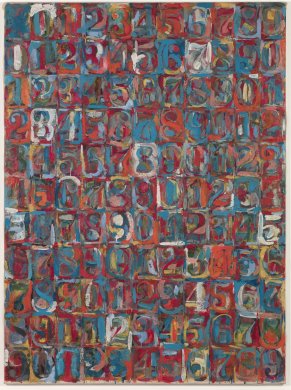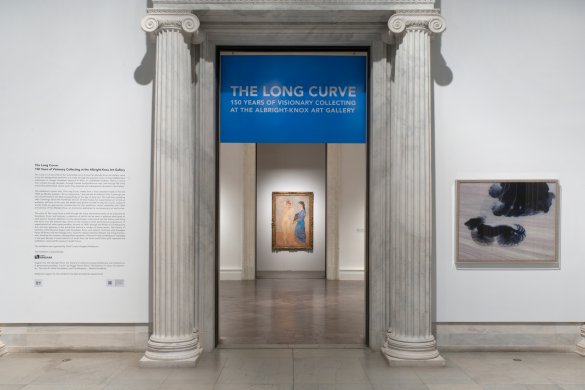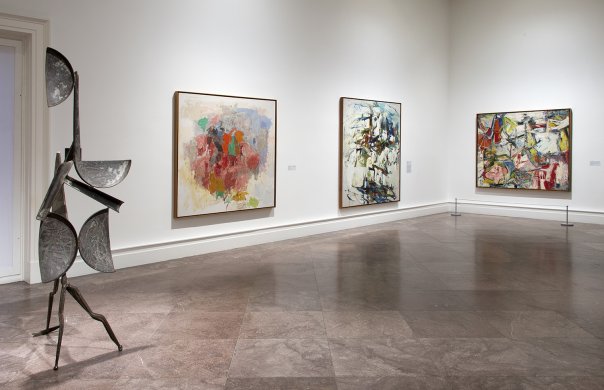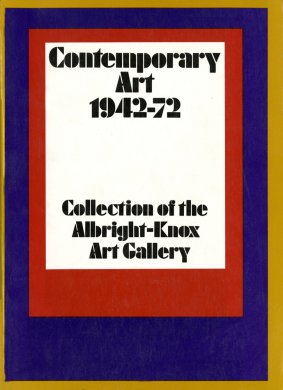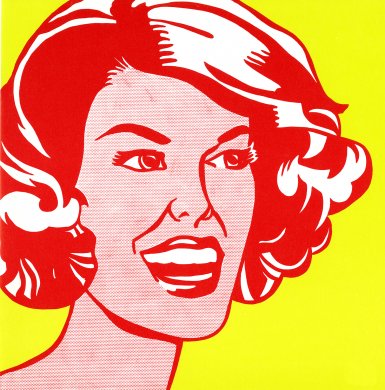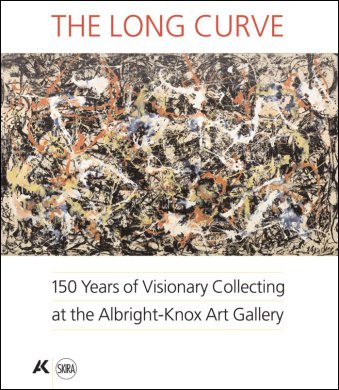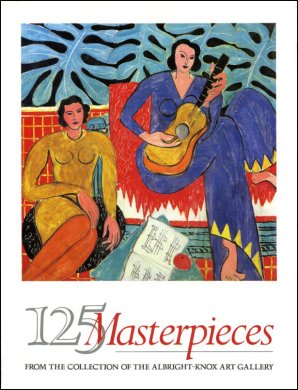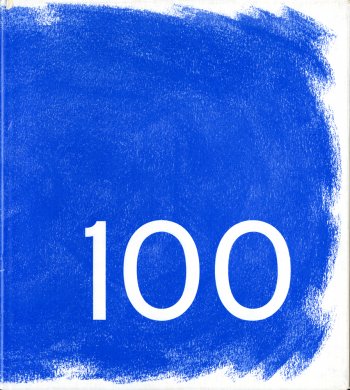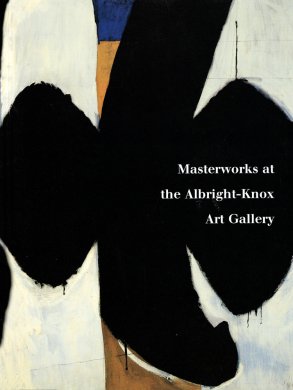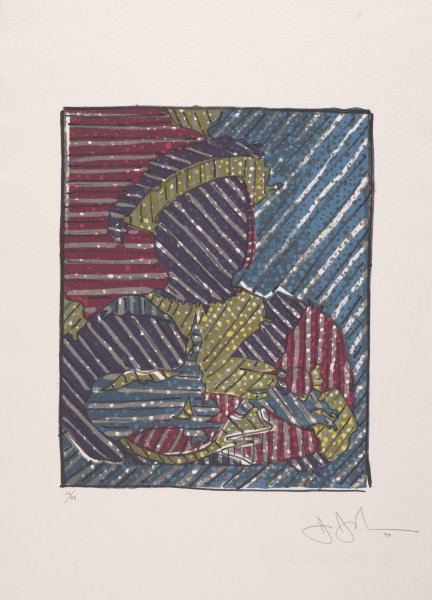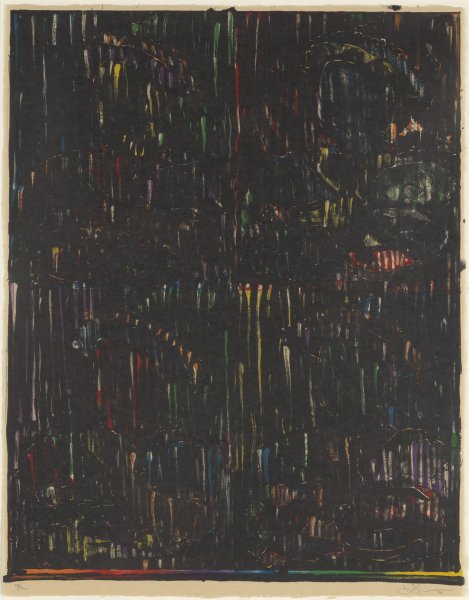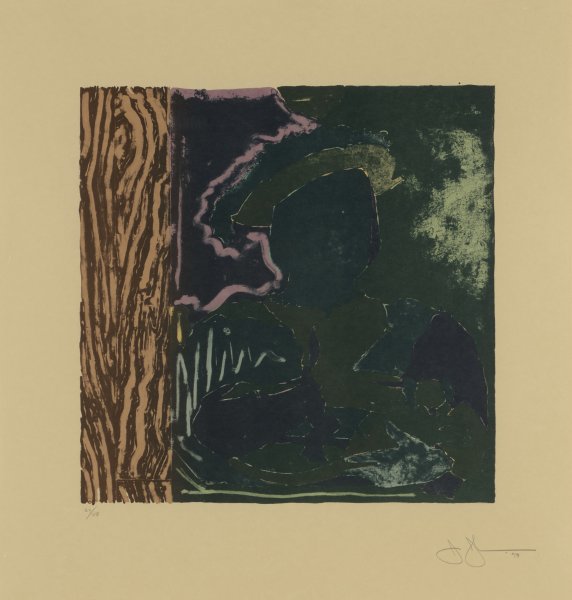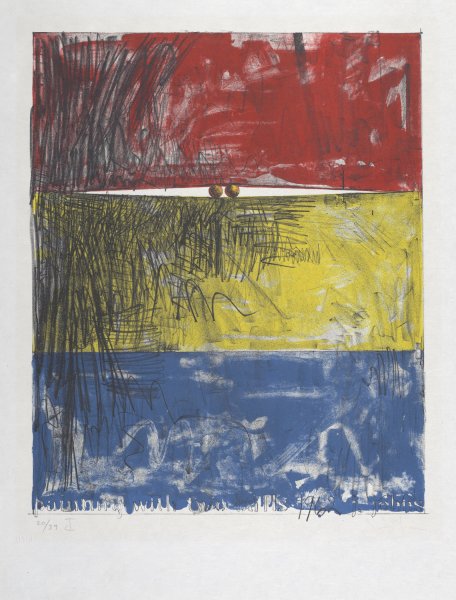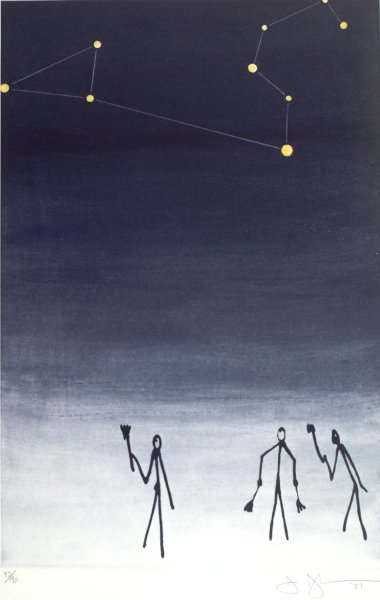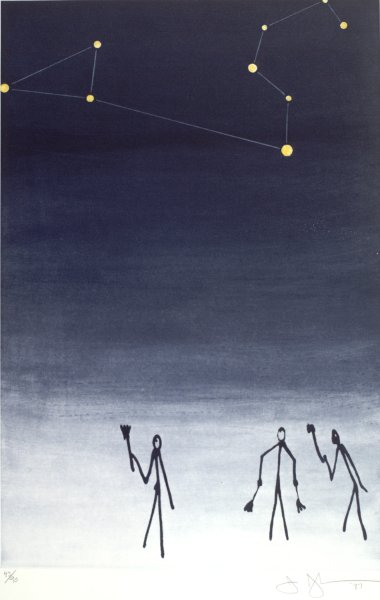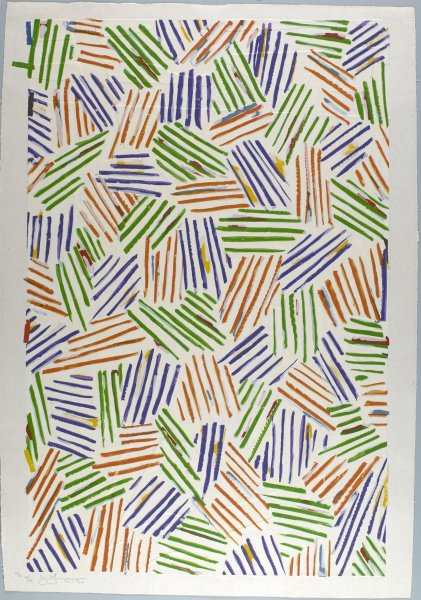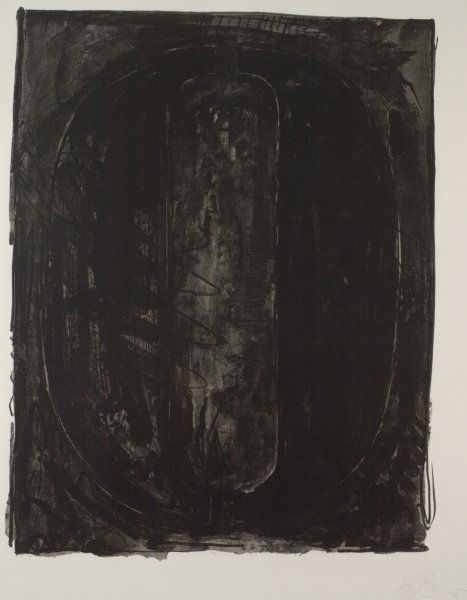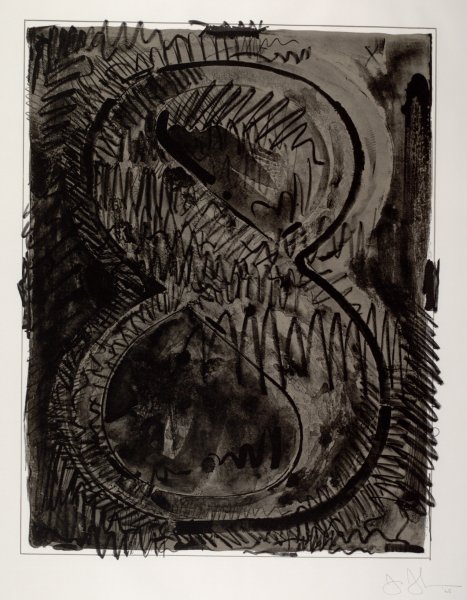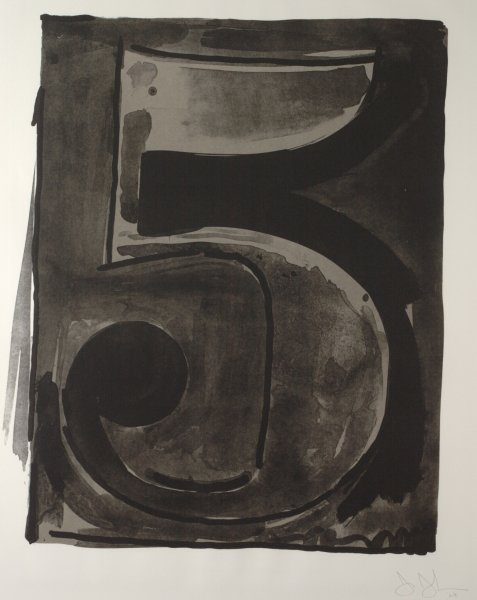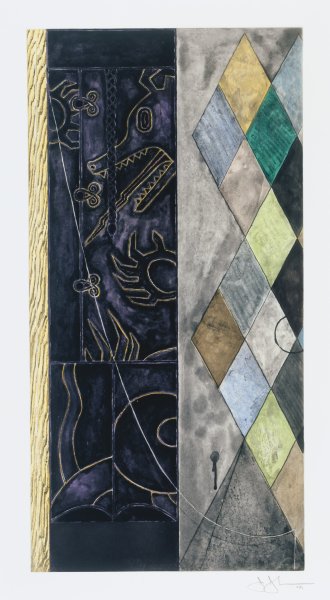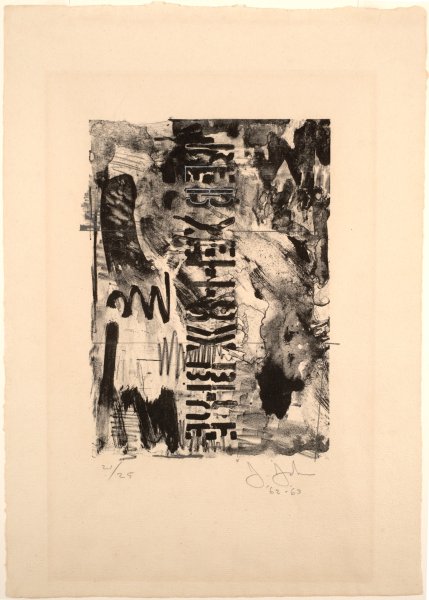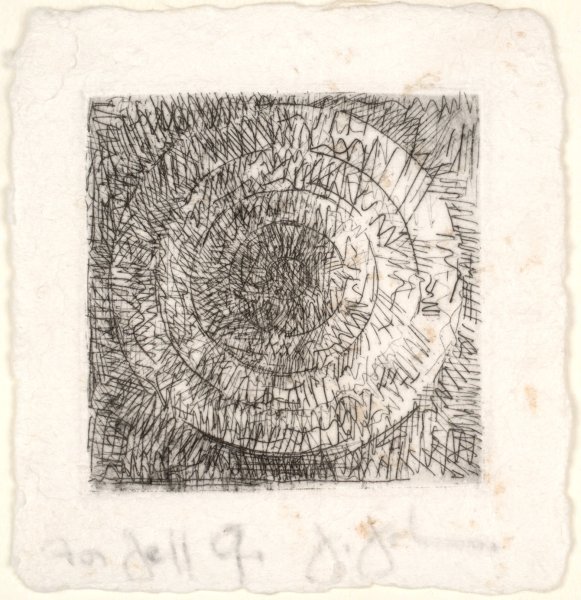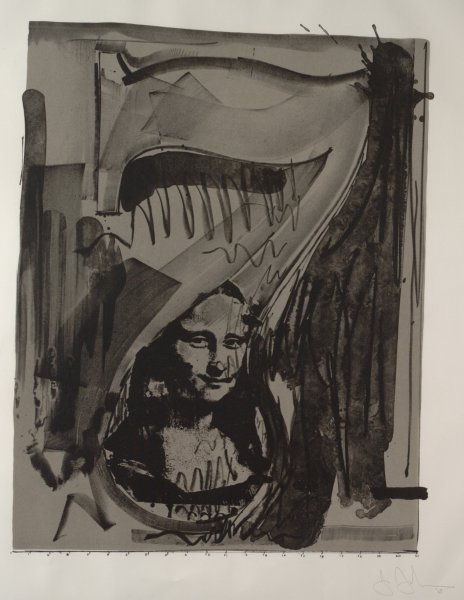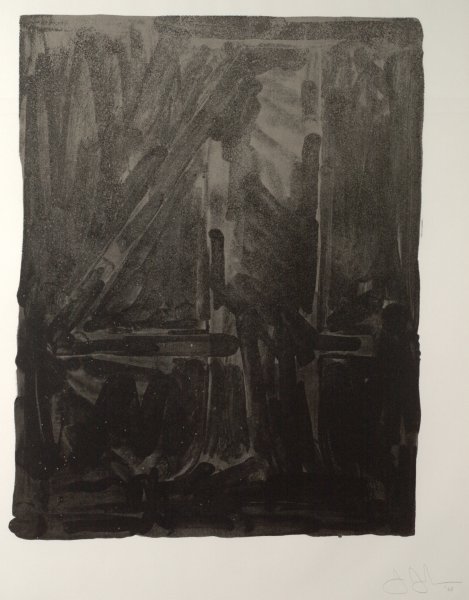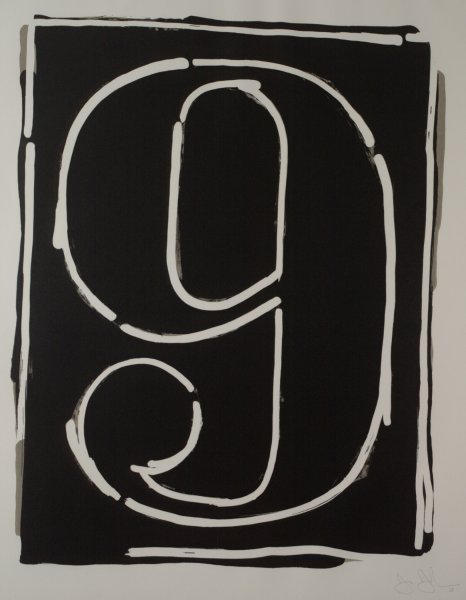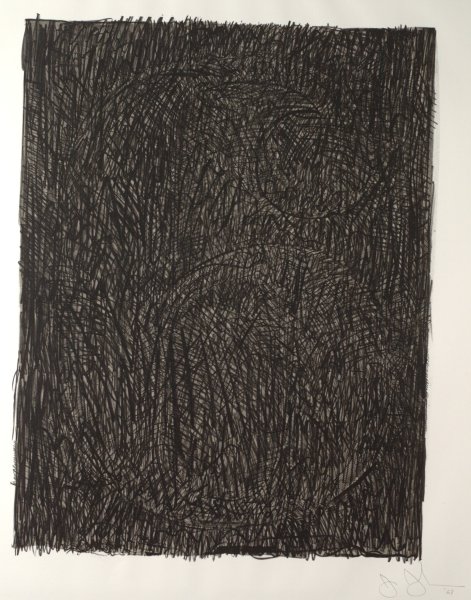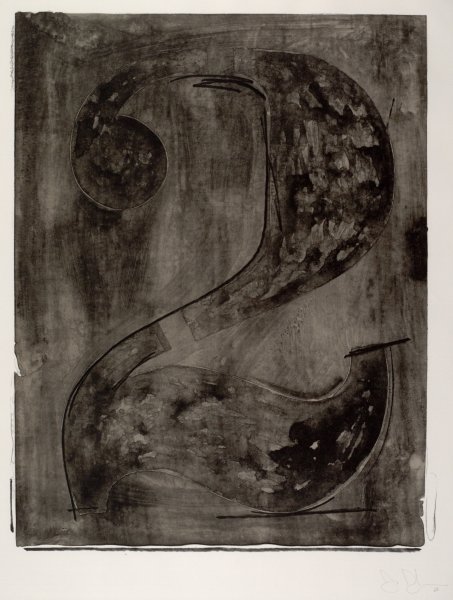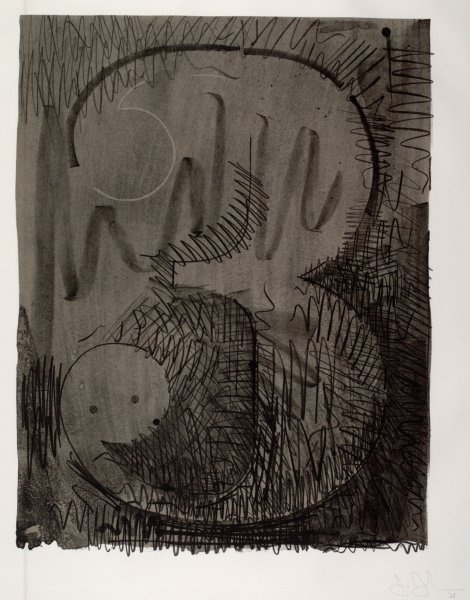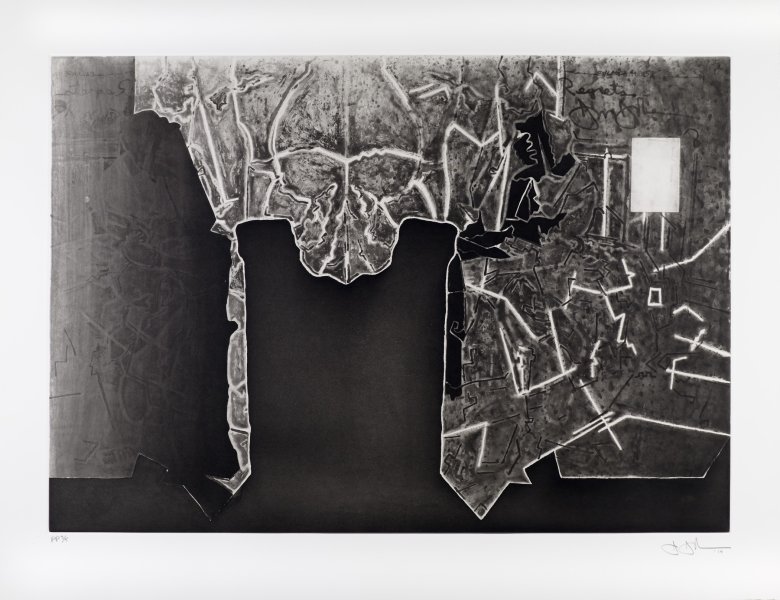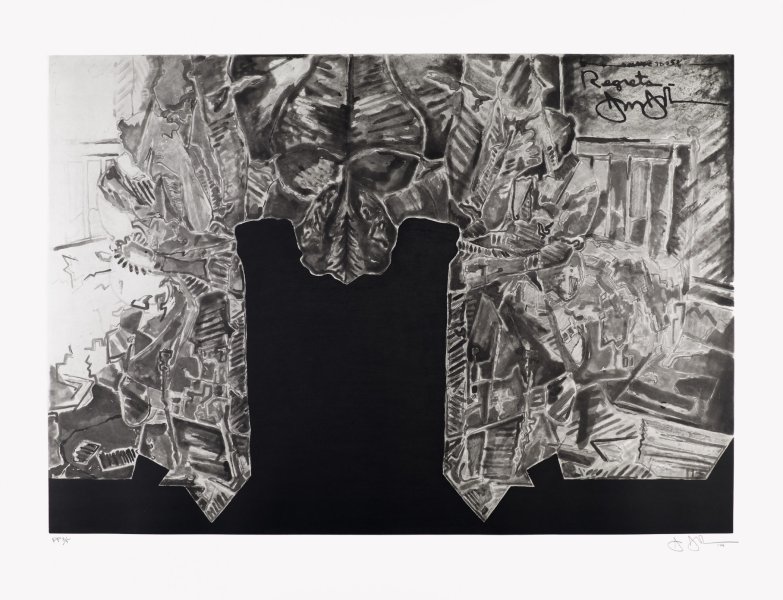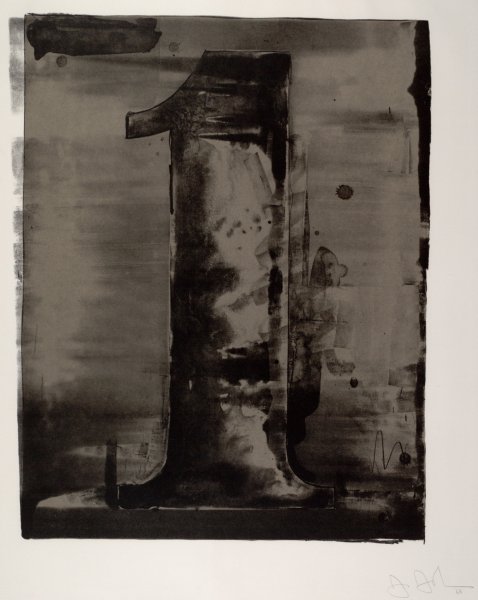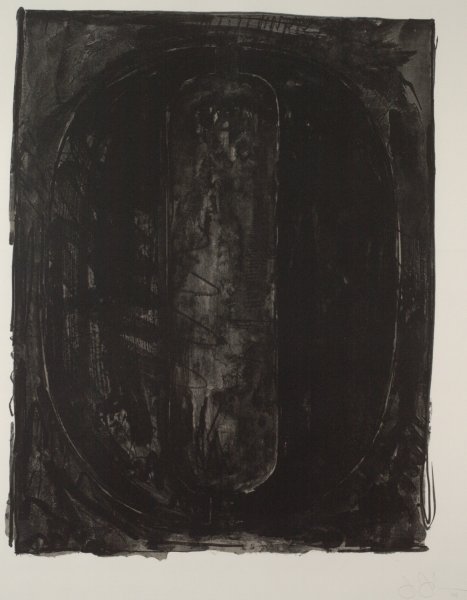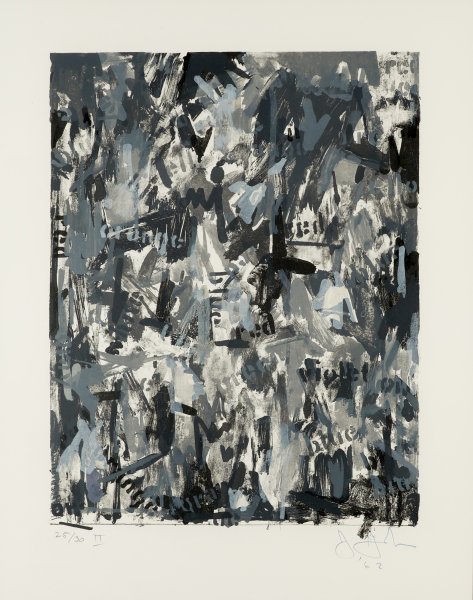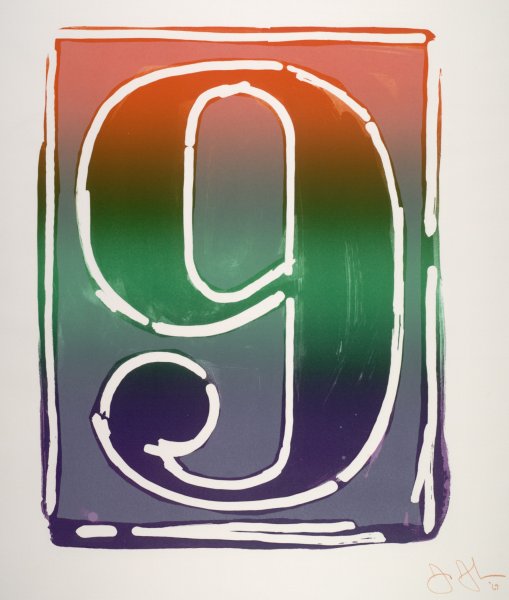Jasper Johns
American, born 1930
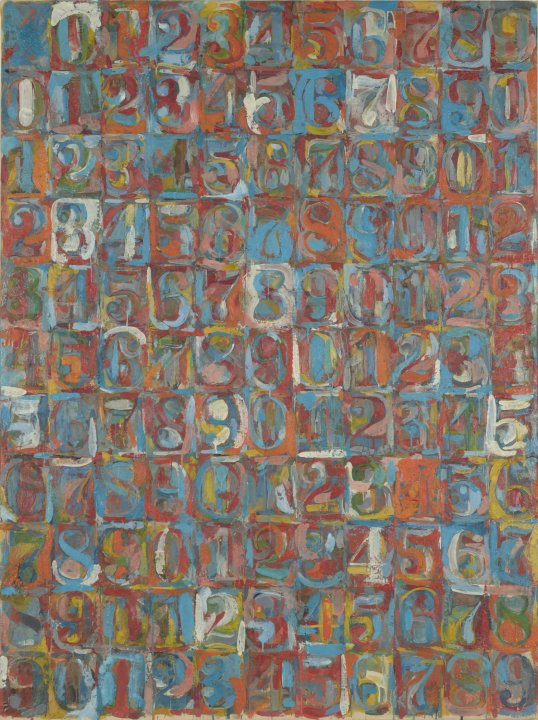
Jasper Johns (American, born 1930). Numbers in Color, 1958–59. Encaustic and newspaper on canvas, 66 1/2 x 49 1/2 inches (168.9 x 125.7 cm). Collection Albright-Knox Art Gallery, Buffalo, New York; Gift of Seymour H. Knox, Jr., 1959 (K1959:10). © Jasper Johns / Licensed by VAGA at Artists Rights Society (ARS), NY
Numbers in Color, 1958-1959
Artwork Details
Currently on View
Collection Highlight
Materials
encaustic and newspaper on canvas
Measurements
support: 66 1/2 x 49 1/2 inches (168.91 x 125.73 cm); framed: 74 1/2 x 57 x 3 7/8 inches (189.23 x 144.78 x 9.84 cm)
Collection Buffalo AKG Art Museum
Credit
Gift of Seymour H. Knox, Jr., 1959
Accession ID
K1959:10
Jasper Johns’s earliest paintings depict common, easily recognizable images like targets and flags—emblems we do not generally study in great detail. We are, however, expected to stop and look at paintings. Johns employed this paradox to force viewers to rethink the meaning of not only art but also what it represents. In many of his compositions, he included familiar symbols and systems that are used to create order in the world, such as numbers and maps. Numerals—from zip codes to social security identification—organize our lives in a variety of ways but are, in fact, only ideas; they are not tangible things. For Johns, ubiquitous subjects allowed him to focus on other aspects of the work, such as medium and surface. To create Numbers in Color he used encaustic, an ancient painting method in which pigment is dissolved in hot wax. Furthermore, Johns embedded pieces of newspaper in the encaustic. While these fragments add depth and texture, they also refer to concrete objects and events in the real world. Yet, the text has been rendered illegible.
